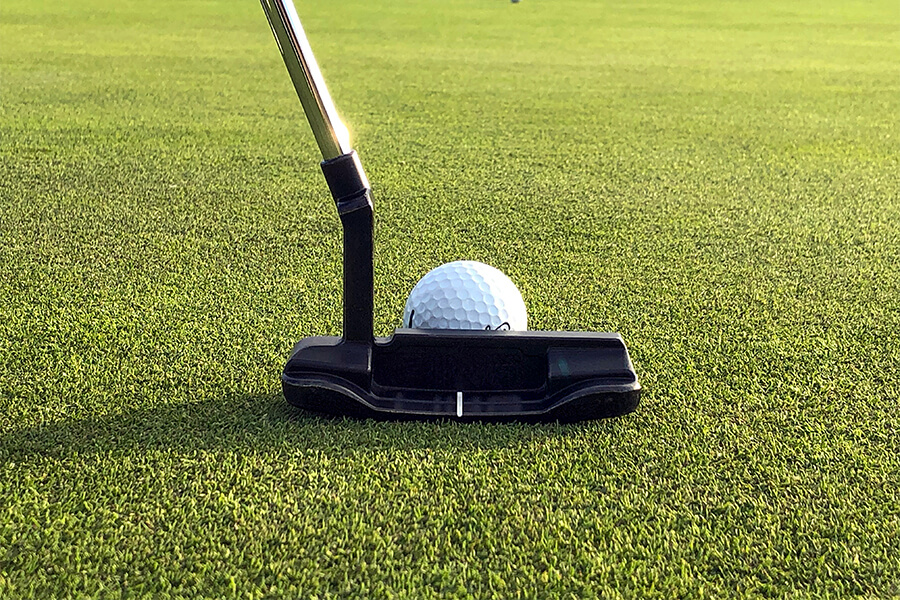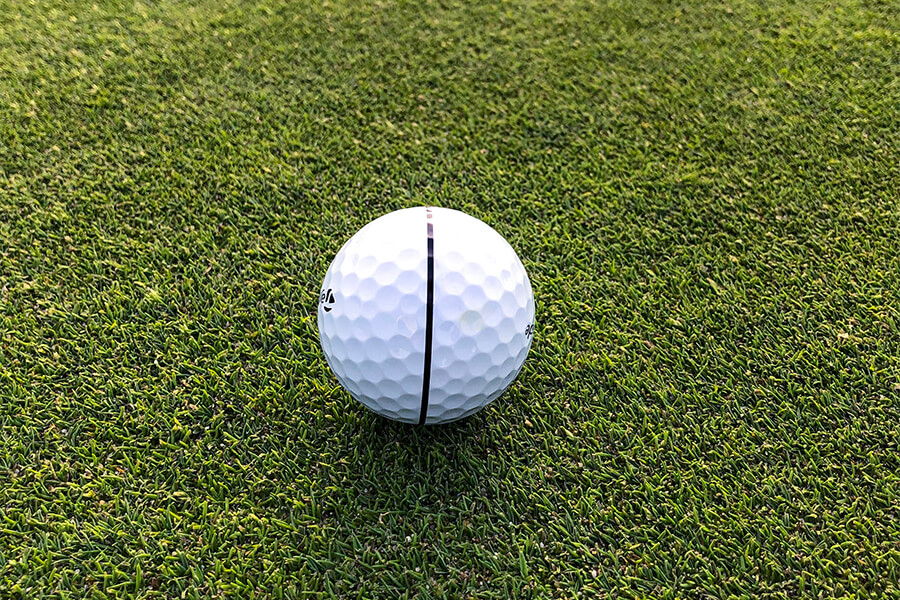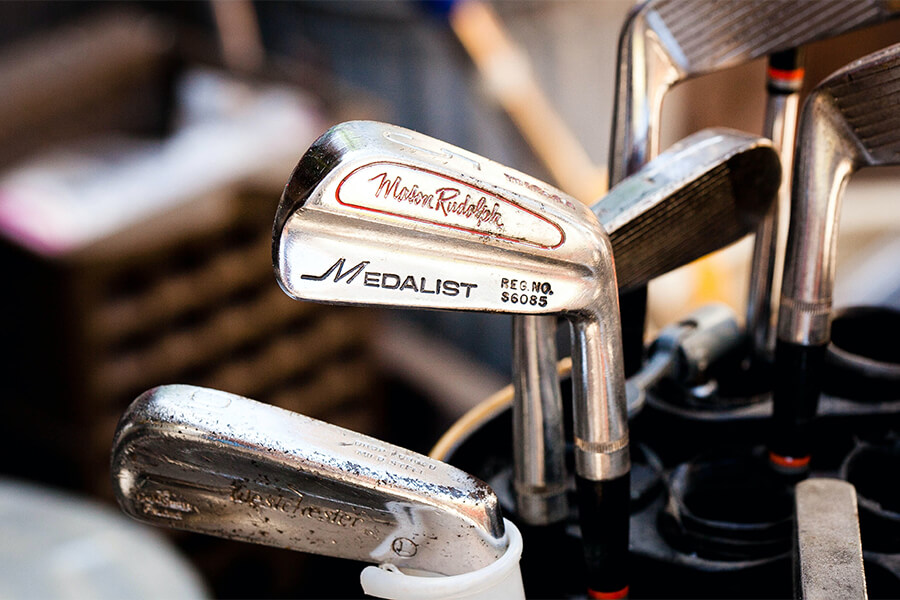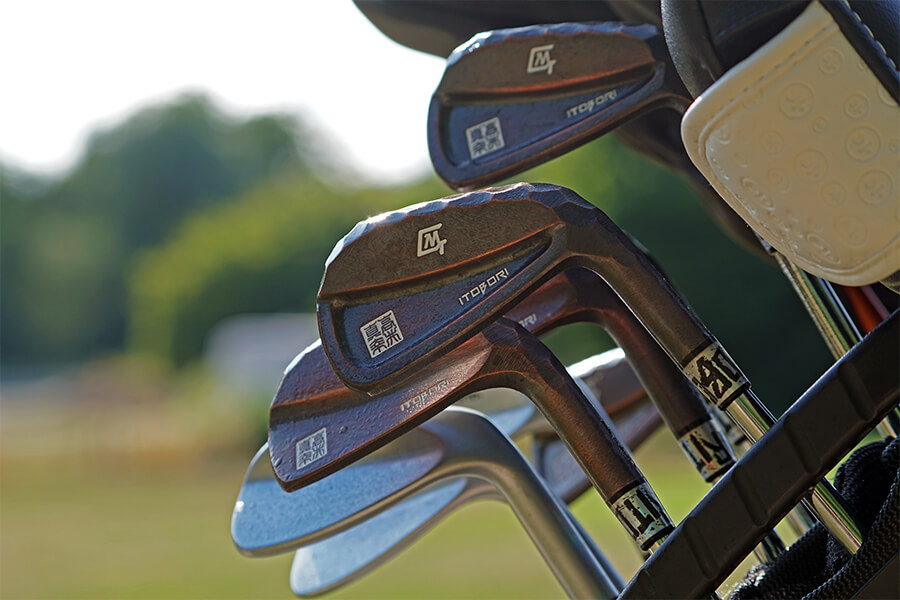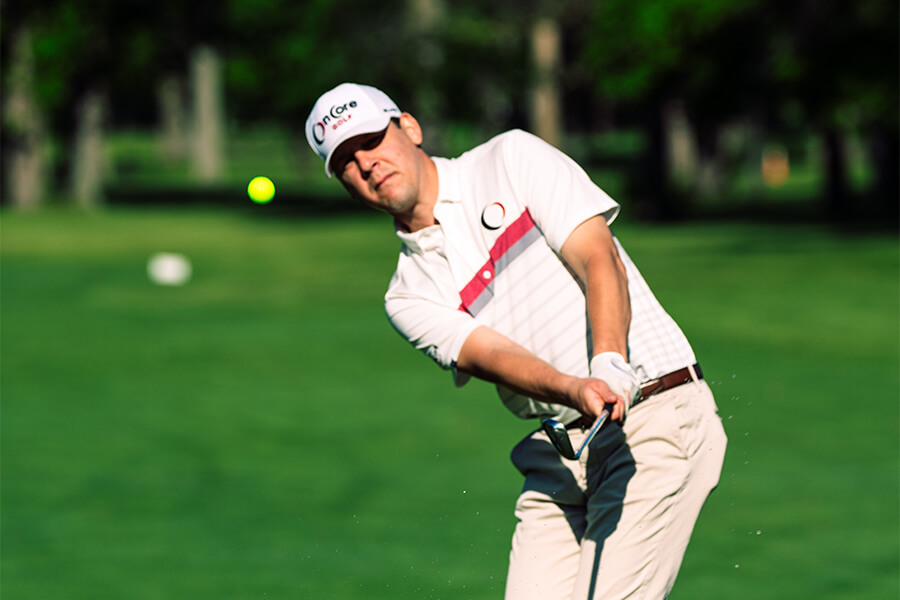For many golfers, hitting their driver straight and far might be difficult. Yet, you may increase your driving distance and accuracy with the right technique and practice. The following instructions will show you how to hit your driver straight and far.
Step 1: Prepare Position
Get into the right set-up position as your first step to hitting your driver straight and far. Place your feet shoulder-width apart and balance your weight equally. Maintain a tiny bend in your knees, and keep your back straight. Align your body with the target while moving the ball a little forward in your stance.
Step 2: Grab
In order to hit your driver straight and far, the grip is crucial. A light grip pressure and the proper positioning of your hands are essential when holding the club. A powerful grip will enable you to hit the ball farther, while a neutral grip will help you hit it straighter.
Step 3: Takeout
The golf swing starts with the takeout. Hold your arms at your sides and turn your body away from the target using your shoulders. Make sure the clubhead is parallel to your hands and maintain tight wrists. As much as you can while keeping your head steady, rotate your hips and shoulders.
Step 4: Backswing
The second motion in a golf swing is the backswing. Hold your arms at your sides and turn your body away from the target using your shoulders. Make sure the clubhead is parallel to your hands and maintain tight wrists. As much as you can while keeping your head steady, rotate your hips and shoulders.
Step 5: Downswing
The final motion of a golf swing is the downswing. By moving your weight in the direction of the target, begin the downswing. As you swing through the ball, keep your wrists firmly closed. At impact, the club should be facing the intended target.
The significance of the drive
Your body’s alignment is one crucial factor. During the swing, maintain your head firm and make sure your body is pointed in the direction of the target. This will assist you in striking the ball straight and prevent it from slicing or hooking. The timing of the clubhead release should also be considered. To increase speed and power during the downswing, the clubhead should be released at the proper moment. When the hands have passed the hips, the clubhead should be released. Throughout the swing, it’s also critical to pay attention to where your weight is placed. On the downswing, your weight should be moving in the direction of the goal; this will enable you to create more force and speed and hit the ball farther.
Another crucial component of the swing that can significantly impact your shots is the swing path. The clubhead’s path during the swing is known as the swing path. Keep the clubhead moving straight towards the intended target during the swing. It’s also crucial to pay attention to the angle of attack while swinging. The clubhead’s direction of travel as it strikes the ball is referred to as the angle of attack. You can hit the ball straighter and farther if you approach with a downward-moving clubhead at a favorable angle. Last but not least, it’s crucial to remember that every golfer has a different swing pace, thus it’s critical to pick the driver that best suits your swing speed. You may hit the ball farther and straighter if you choose the appropriate driver.
In conclusion, good technique, set-up position, grip, takeaway, backswing, downswing, and the timing of the clubhead release are all necessary for hitting your driver straight and far. Keep it easy and repetitive if you want to hit your driver straight and far. When playing a round, avoid making significant swing adjustments. It’s crucial to constantly practice your swing, emphasizing good mechanics and building muscle memory.




